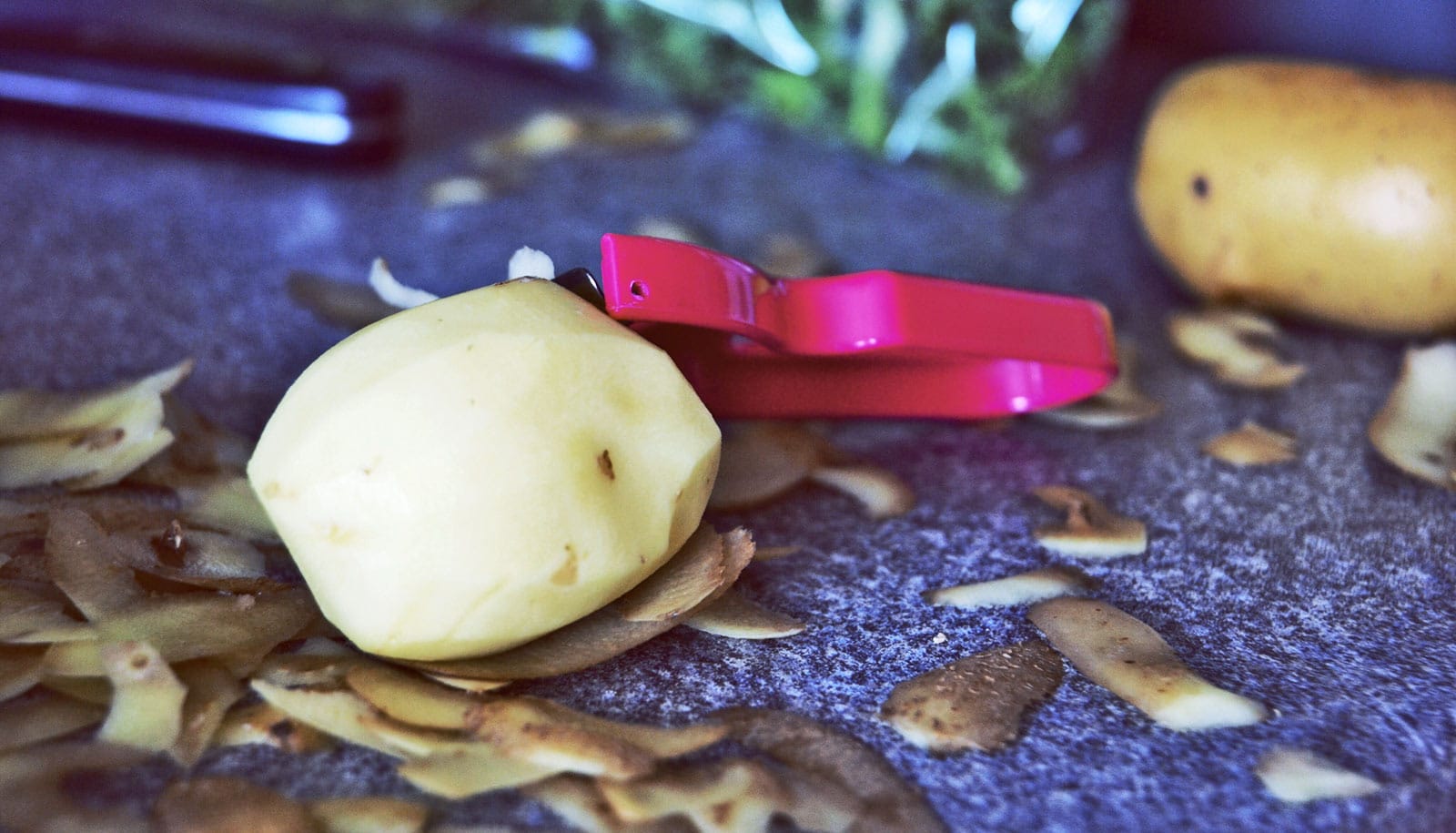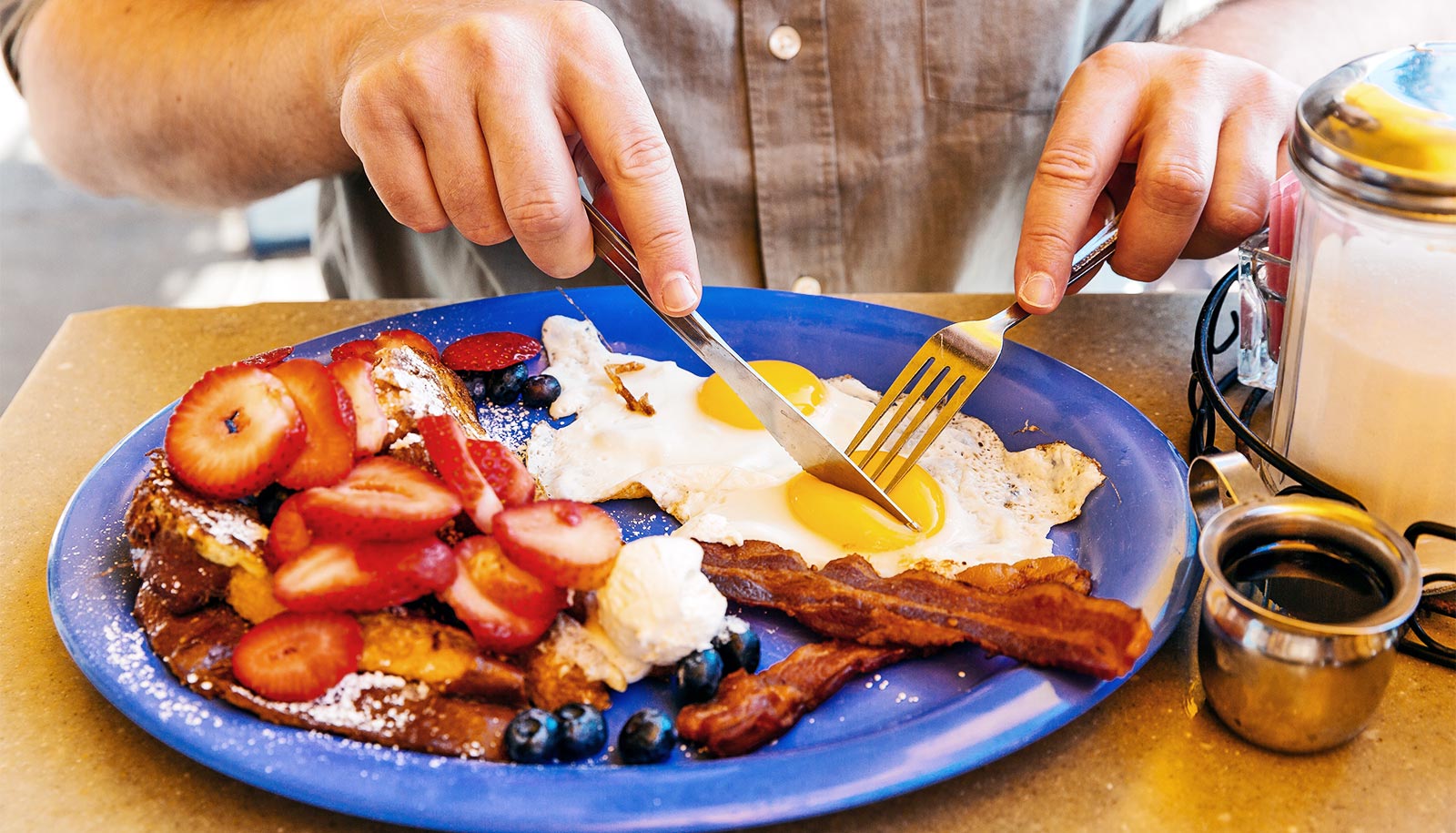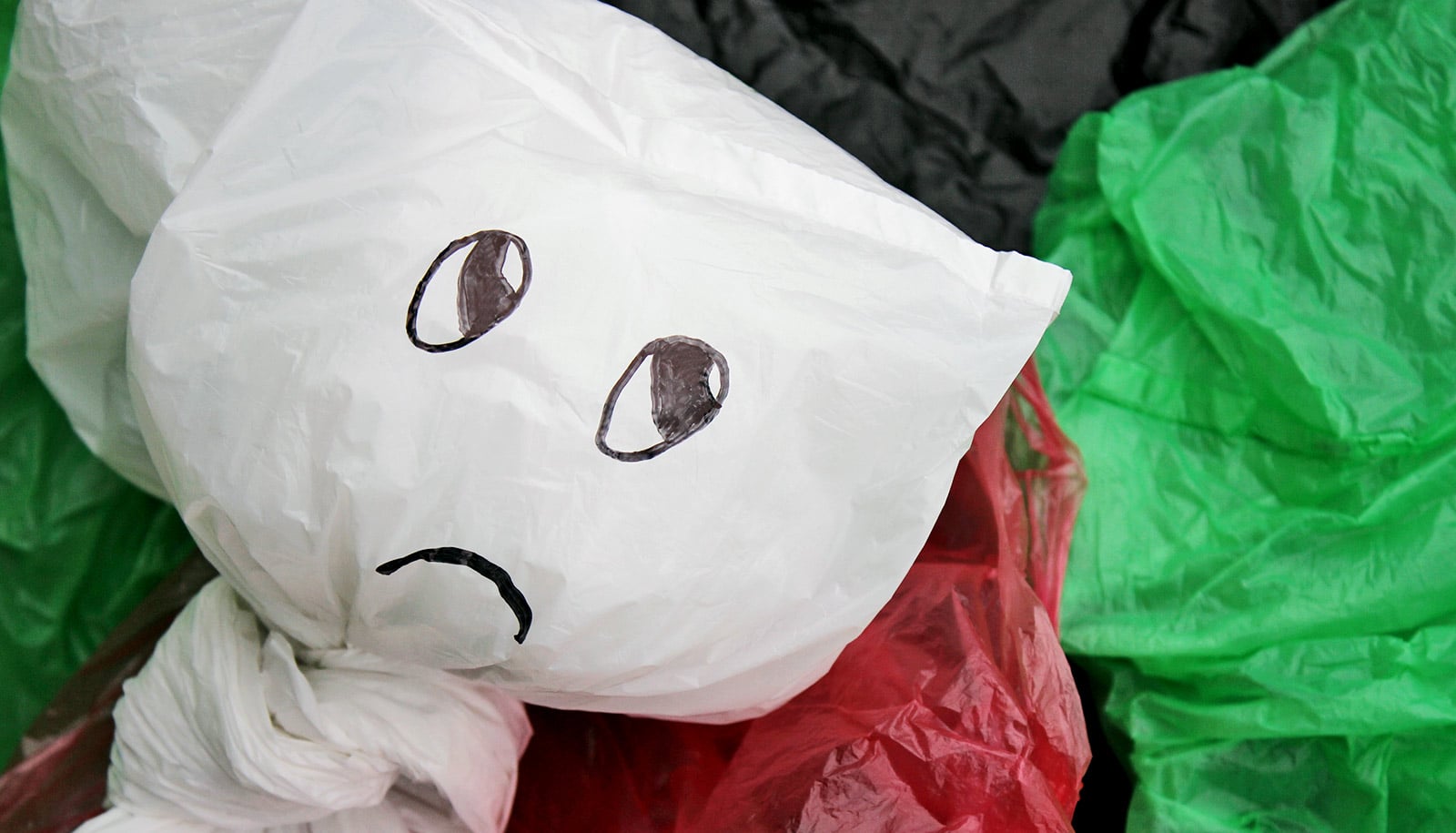Researchers know a little more about how bacteria in your gut breaks down some types of starch and turns them into nutrients your body can use.
The findings, which appear in Biophysical Journal, will ultimately help doctors when they prescribe antibiotics and in the development of probiotics.
Bacteroides thetaiotaomicron, or Bt is one type of gut bacteria that breaks down dietary carbohydrates like starch. Bt is part of a dominant group of bacteria that live in the gut and are essential parts of your microbiome—the community of microorganisms that live in your body.
“For example, after you take antibiotics for an ear infection, you might have an upset stomach. That’s because the antibiotic is not selective. It’s just wiping out all the bacteria—the good and the bad—in your gut,” says Julie Biteen, associate professor of chemistry and biophysics at the University of Michigan.
“So what we’re studying are the good bacteria, and focusing on the proteins on the surface of the Bt cell that recognize starch, break it down into simpler sugar units, and then internalize these nutrients into the cell.”
There are five starch-metabolizing proteins on the surface of the Bt cell. Together, this protein complex is called the starch utilization system, or Sus. Previous work by Biteen’s lab found that one of the proteins in this system, SusG, is mobile—it roams the surface of Bt, slows down when it encounters the other complex proteins, and stops when it binds starch.
Biteen and her colleagues assumed the same would be true of two other Bt surface proteins, SusE and SusF. Instead, they found that the two proteins are stationary, even though they are held to the cell by just a wisp of a lipid chain.
Gut bacteria chemicals keep old animals young. Us, too?
“We didn’t definitively solve the question of why these proteins are immobile, but we did prove that this immobility is a really key characteristic of these proteins,” Biteen says. “Due to competition, bacteria are highly evolved. They can’t expend energy to do something they don’t have to, and vice versa.”
SusE and SusF may be immobile because it’s more efficient for them to form a complex with the mobile SusG in order to start metabolizing starch the moment they contact it, Biteen says.
This expanded description of how the Sus system works brings researchers one step closer to developing more effective probiotic therapies, or more targeted antibiotics.
“Those applications may seem pretty far removed from the basic chemistry we’re doing here, but the tools we’ve developed to study the prototypical Sus system will also let us probe other protein complexes in gut bacteria,” Biteen says. “These experiments are not easy, but we’ve now developed tools that can extend our investigations from Sus to other systems in the microbiome.”
Altering gut bacteria can shield liver from medicine
Hannah Tuson in the chemistry department and Matthew Foley and Nicole Koropatkin at the Medical School’s microbiology and immunology department are coauthors of the study.
Source: University of Michigan



